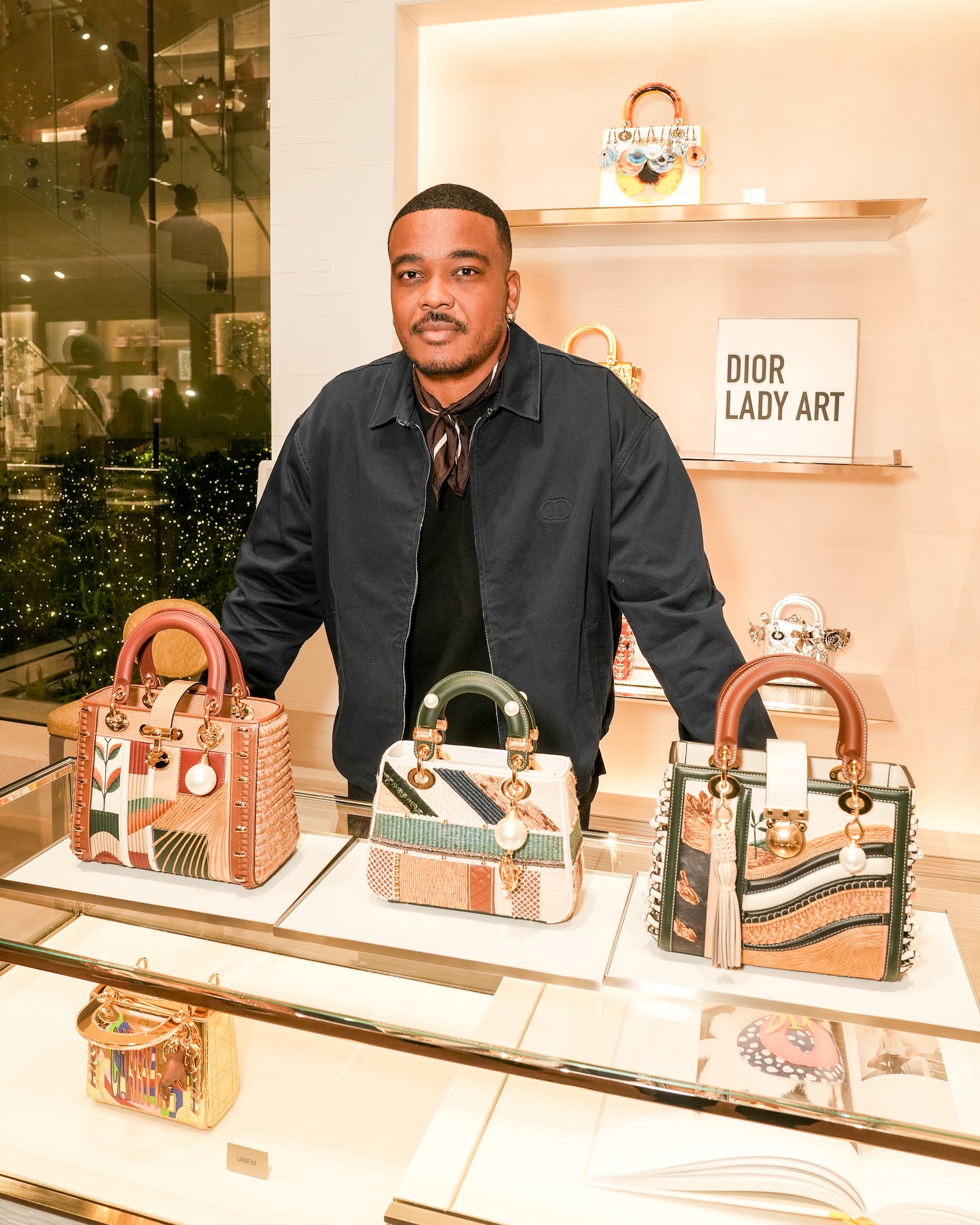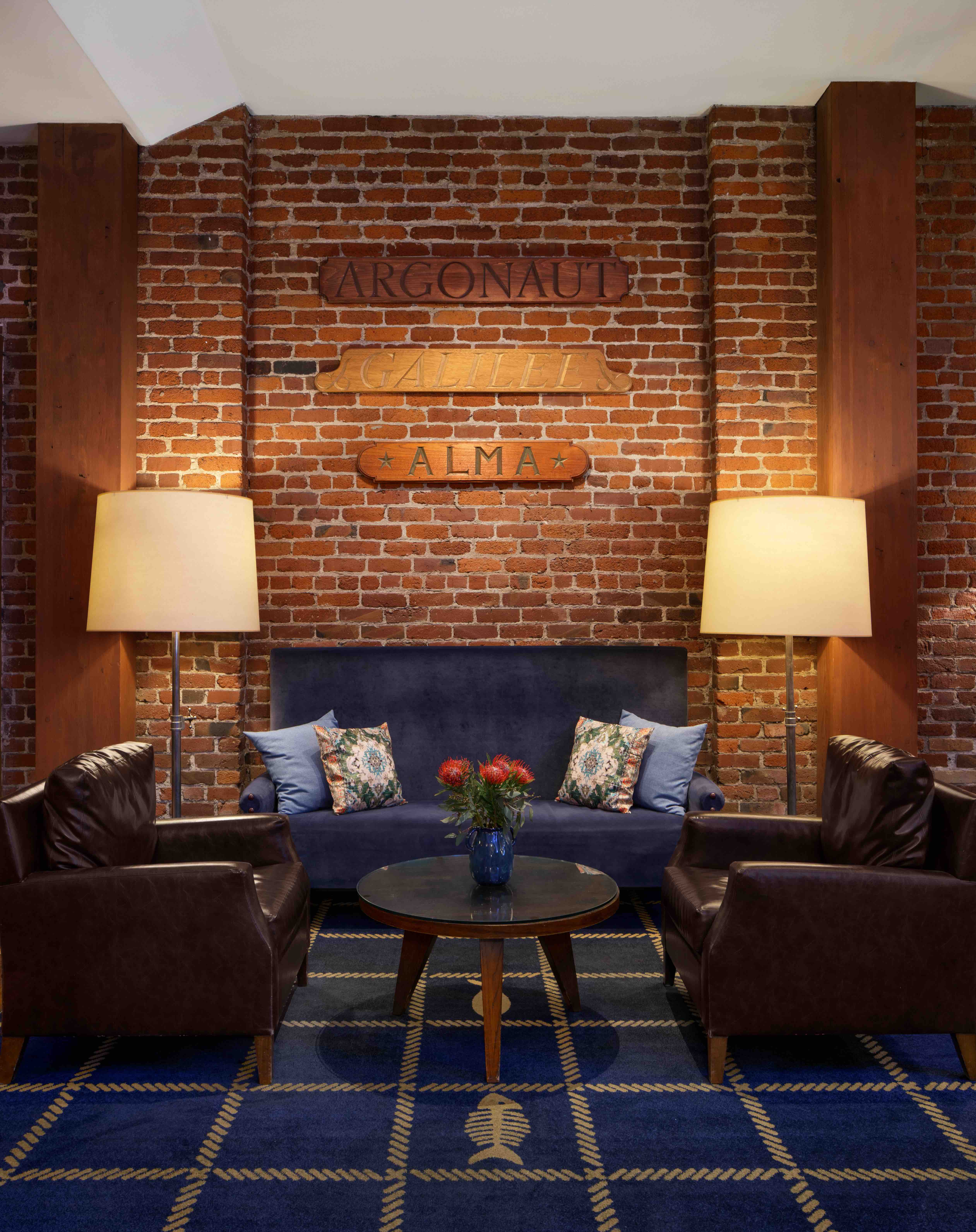TIME SHARE the latest programming from [Performa](https://performa-arts.org/) is currently live streaming. The project seeks to recontextualize performances in video form to best explore social media as well as movement and images as shaping our experience and our current connotations of iconic works throughout history.
The project kicked off with Judy Chicago’s _Women and Smoke_ (1970-72) presented over the homepage and placed as a double exposure with the richness of heavy ink on painted printed paper. The effects of the fireworks symbolically presented the feminize of the visual virtual landscape, another piece by Jacolby Satterwhite explores BTS video from Grindr app parties which explores the criminalization of Social gatherings in public spaces.


Judy Chicago’s _Women and Smoke_ (1970-72)
Other work featured include the from the iconic performance Pelican, 1963, Robert Rauschenberg’s first choreographic work; to Christian Jankowski’s Performa 07 Commission Roof Top Routine, 2007, a humorous hulu-hooping homage to Trisha Brown’s choreography on the Manhattan skyline Roof Piece, 1973; alongside the online premiere of the 2017 Performa project UpwardFacingControlTableTop by choreographic duo FlucT, a performance co-produced by Salon 94 Design, that examined economic hierarchies of the landmarked Lever House skyscraper in midtown.


Jacolby Satterwhite’s BTS video from a Grindr dating app party.
Speaking with TIME SHARE organizer and Performa Associate Curator, Job Piston:
**You have collected such a broad selection of performances, how did you go about curating for this video exhibition?**
I felt the heat of the smoke bomb against the performers nude bodies in the desert. I chose artists whose performances that I only knew from still pictures and oral stories but played on repeat in my imagination. Each time I imagined it from another angle, from another vantage point. There is a kinetic energy that is palpable in Judy Chicago’s explosions, in the drag of the parachutes as Robert Rauschenberg skates across the rink, and in the human breath in Shigeko Kubota’s handheld Portapak camera. We use documentation to piece together the experience like a puzzle. How do multiple viewpoints shape our understanding of a lost performance?
**A lot of these works span such different times and perspectives where did you source and research all of them, was it all archived?**
What once was hidden away in dusty storage boxes and basements are now stocked on video sharing platforms like YouTube, Instagram, and Vimeo. These public archives of experiences, events and performances form a collective memory for artistic and social communities where a single moment becomes iconic through its infinite repetition and reproduction. It’s not where the research always ends but it’s certainly a place for surprise beginning.
**Why these projects to present in web and social form, how do you feel it interacts with the performative expression?**
I wanted to explore the second life of performance that lives online. How do individuals, image makers and artists capture the environment around them and translate that for an all-inclusive public? For many, shared videos will be the first encounter with an artists work and lead to discovery of new interest or help reframe our own ways of thinking. Social media is a paradox as it is a creative expression as much as it can be also utilized as an educational platform. This tele-communication technology is where innovation, new aesthetics and ideas are being tested and formed. I’m pushing for a breakthrough.
* * *
The full program includes works by Korakrit Arunanondchai and Alex Gvojic, Honey Balenciaga, Sam Banks, Vanessa Beecroft, Xavier Cha, Judy Chicago, Sara Cwynar, FlucT (Monica Mirabile and Sigrid Lauren), Christian Jankowski,,Jane Jin Kaisen, Farrah Karapetian, Richard Kennedy, Shigeko Kubota, Zanele Muholi, Oscar Nñ, Robert Rauschenberg, Robin Rhode, Viva Ruiz, Jamilah Sabur, Jacolby Satterwhite, Nick Sethi, Ryan Trecartin, and Tori Wraanes.
 
Judy Chicago’s _Women and Smoke_ (1970-72)
Other work featured include the from the iconic performance Pelican, 1963, Robert Rauschenberg’s first choreographic work; to Christian Jankowski’s Performa 07 Commission Roof Top Routine, 2007, a humorous hulu-hooping homage to Trisha Brown’s choreography on the Manhattan skyline Roof Piece, 1973; alongside the online premiere of the 2017 Performa project UpwardFacingControlTableTop by choreographic duo FlucT, a performance co-produced by Salon 94 Design, that examined economic hierarchies of the landmarked Lever House skyscraper in midtown.

Judy Chicago’s _Women and Smoke_ (1970-72)
Other work featured include the from the iconic performance Pelican, 1963, Robert Rauschenberg’s first choreographic work; to Christian Jankowski’s Performa 07 Commission Roof Top Routine, 2007, a humorous hulu-hooping homage to Trisha Brown’s choreography on the Manhattan skyline Roof Piece, 1973; alongside the online premiere of the 2017 Performa project UpwardFacingControlTableTop by choreographic duo FlucT, a performance co-produced by Salon 94 Design, that examined economic hierarchies of the landmarked Lever House skyscraper in midtown.
 
Jacolby Satterwhite’s BTS video from a Grindr dating app party.
Speaking with TIME SHARE organizer and Performa Associate Curator, Job Piston:
**You have collected such a broad selection of performances, how did you go about curating for this video exhibition?**
I felt the heat of the smoke bomb against the performers nude bodies in the desert. I chose artists whose performances that I only knew from still pictures and oral stories but played on repeat in my imagination. Each time I imagined it from another angle, from another vantage point. There is a kinetic energy that is palpable in Judy Chicago’s explosions, in the drag of the parachutes as Robert Rauschenberg skates across the rink, and in the human breath in Shigeko Kubota’s handheld Portapak camera. We use documentation to piece together the experience like a puzzle. How do multiple viewpoints shape our understanding of a lost performance?
**A lot of these works span such different times and perspectives where did you source and research all of them, was it all archived?**
What once was hidden away in dusty storage boxes and basements are now stocked on video sharing platforms like YouTube, Instagram, and Vimeo. These public archives of experiences, events and performances form a collective memory for artistic and social communities where a single moment becomes iconic through its infinite repetition and reproduction. It’s not where the research always ends but it’s certainly a place for surprise beginning.
**Why these projects to present in web and social form, how do you feel it interacts with the performative expression?**
I wanted to explore the second life of performance that lives online. How do individuals, image makers and artists capture the environment around them and translate that for an all-inclusive public? For many, shared videos will be the first encounter with an artists work and lead to discovery of new interest or help reframe our own ways of thinking. Social media is a paradox as it is a creative expression as much as it can be also utilized as an educational platform. This tele-communication technology is where innovation, new aesthetics and ideas are being tested and formed. I’m pushing for a breakthrough.
* * *
The full program includes works by Korakrit Arunanondchai and Alex Gvojic, Honey Balenciaga, Sam Banks, Vanessa Beecroft, Xavier Cha, Judy Chicago, Sara Cwynar, FlucT (Monica Mirabile and Sigrid Lauren), Christian Jankowski,,Jane Jin Kaisen, Farrah Karapetian, Richard Kennedy, Shigeko Kubota, Zanele Muholi, Oscar Nñ, Robert Rauschenberg, Robin Rhode, Viva Ruiz, Jamilah Sabur, Jacolby Satterwhite, Nick Sethi, Ryan Trecartin, and Tori Wraanes.

Jacolby Satterwhite’s BTS video from a Grindr dating app party.
Speaking with TIME SHARE organizer and Performa Associate Curator, Job Piston:
**You have collected such a broad selection of performances, how did you go about curating for this video exhibition?**
I felt the heat of the smoke bomb against the performers nude bodies in the desert. I chose artists whose performances that I only knew from still pictures and oral stories but played on repeat in my imagination. Each time I imagined it from another angle, from another vantage point. There is a kinetic energy that is palpable in Judy Chicago’s explosions, in the drag of the parachutes as Robert Rauschenberg skates across the rink, and in the human breath in Shigeko Kubota’s handheld Portapak camera. We use documentation to piece together the experience like a puzzle. How do multiple viewpoints shape our understanding of a lost performance?
**A lot of these works span such different times and perspectives where did you source and research all of them, was it all archived?**
What once was hidden away in dusty storage boxes and basements are now stocked on video sharing platforms like YouTube, Instagram, and Vimeo. These public archives of experiences, events and performances form a collective memory for artistic and social communities where a single moment becomes iconic through its infinite repetition and reproduction. It’s not where the research always ends but it’s certainly a place for surprise beginning.
**Why these projects to present in web and social form, how do you feel it interacts with the performative expression?**
I wanted to explore the second life of performance that lives online. How do individuals, image makers and artists capture the environment around them and translate that for an all-inclusive public? For many, shared videos will be the first encounter with an artists work and lead to discovery of new interest or help reframe our own ways of thinking. Social media is a paradox as it is a creative expression as much as it can be also utilized as an educational platform. This tele-communication technology is where innovation, new aesthetics and ideas are being tested and formed. I’m pushing for a breakthrough.
* * *
The full program includes works by Korakrit Arunanondchai and Alex Gvojic, Honey Balenciaga, Sam Banks, Vanessa Beecroft, Xavier Cha, Judy Chicago, Sara Cwynar, FlucT (Monica Mirabile and Sigrid Lauren), Christian Jankowski,,Jane Jin Kaisen, Farrah Karapetian, Richard Kennedy, Shigeko Kubota, Zanele Muholi, Oscar Nñ, Robert Rauschenberg, Robin Rhode, Viva Ruiz, Jamilah Sabur, Jacolby Satterwhite, Nick Sethi, Ryan Trecartin, and Tori Wraanes.


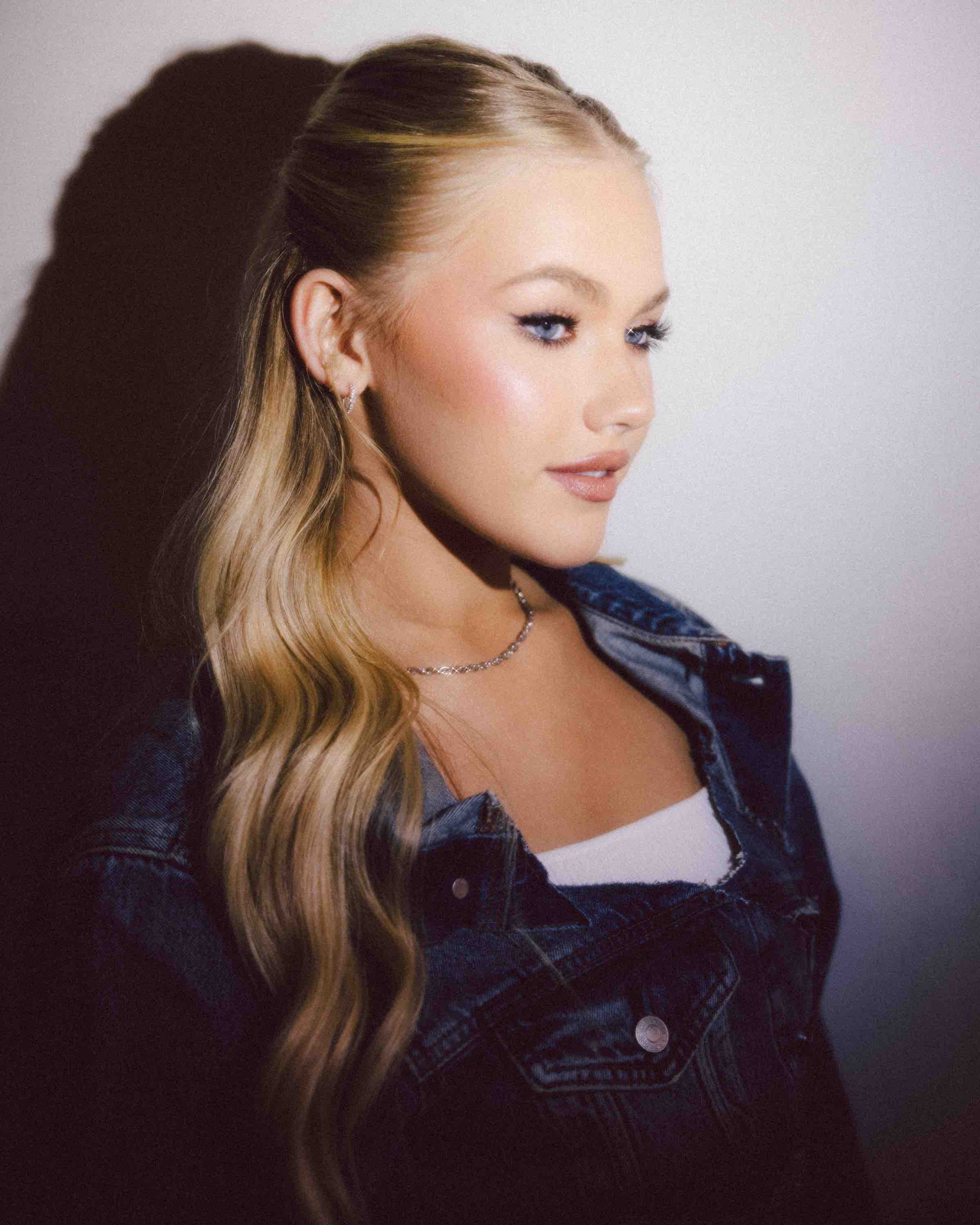
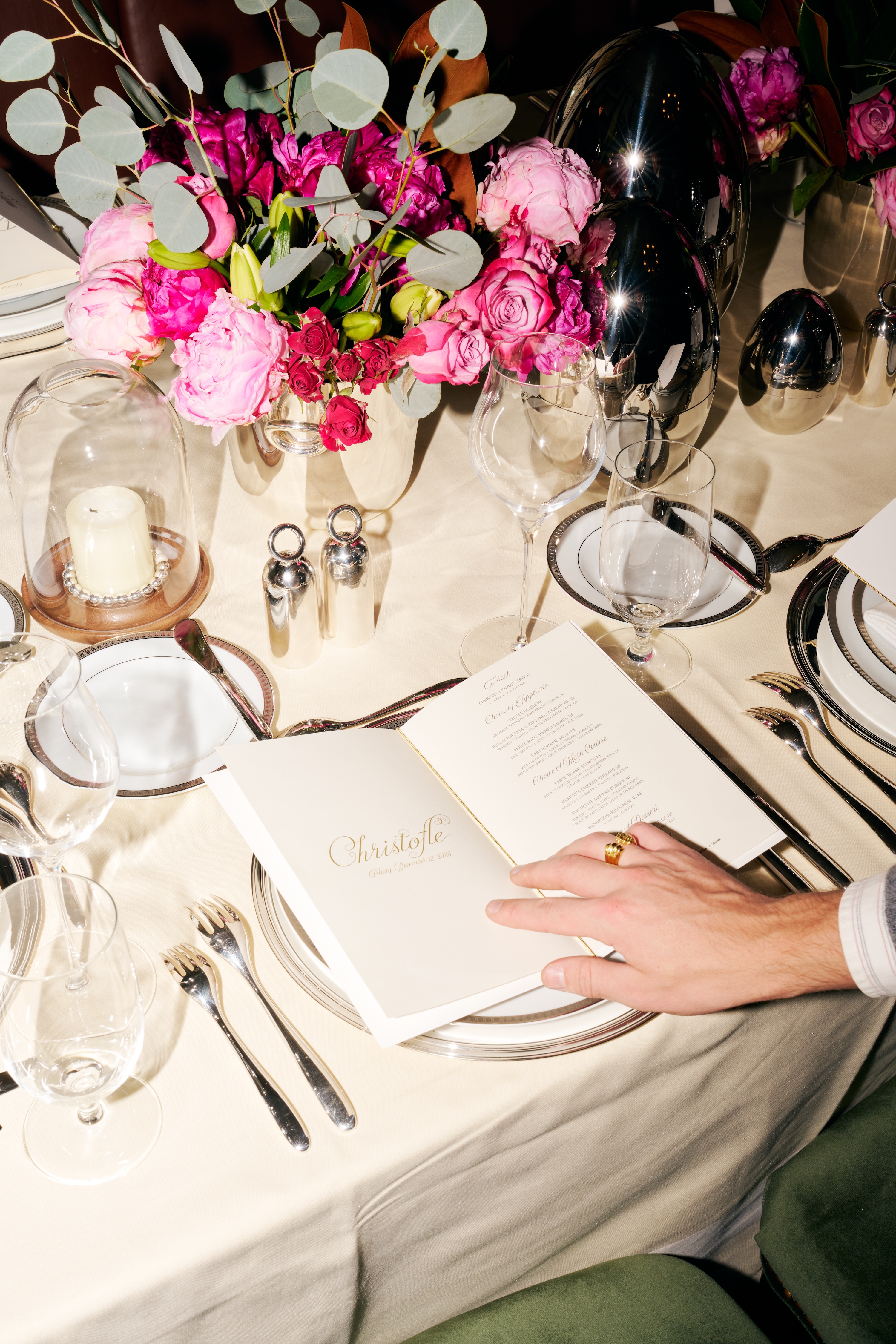


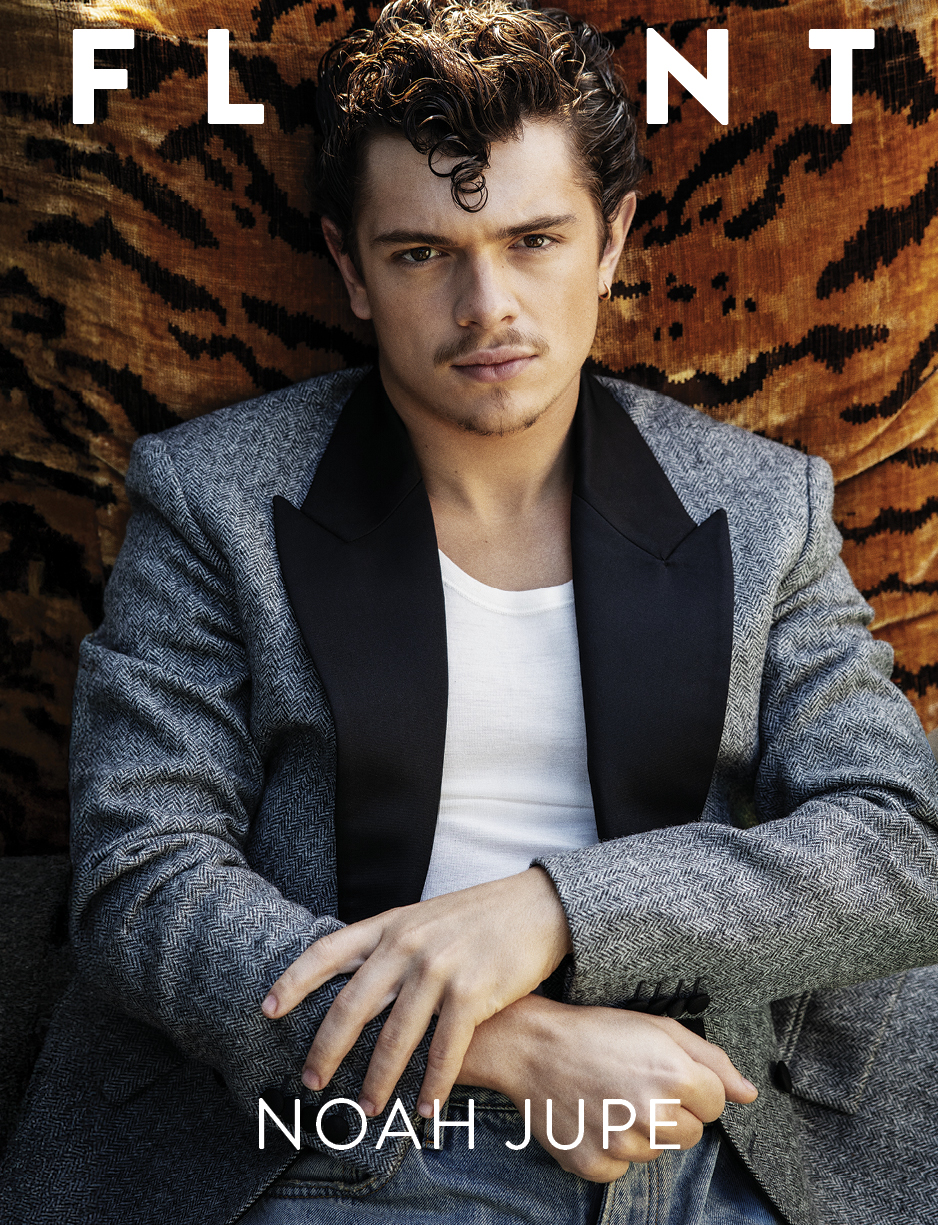

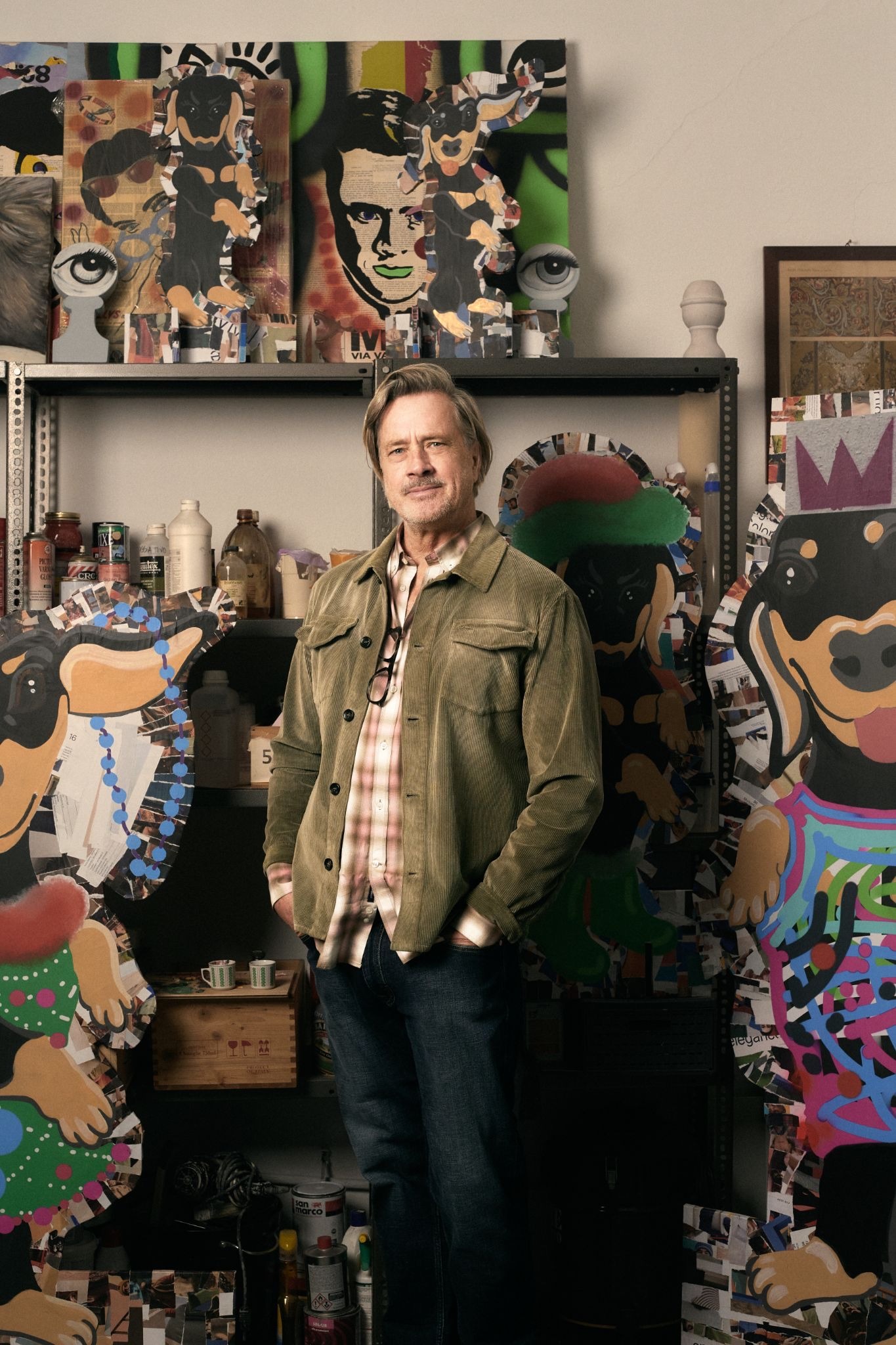
.JPG)
.jpg)
